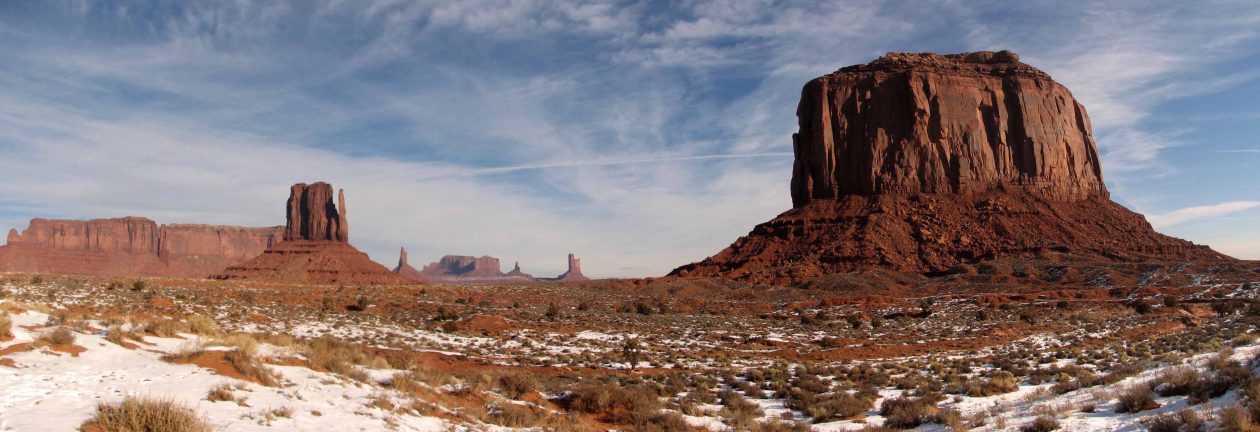Tbilisi, Georgia
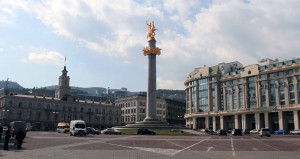
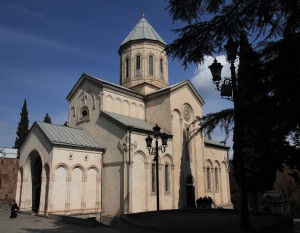
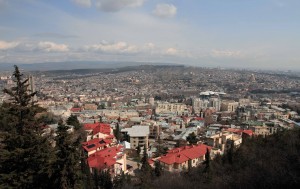
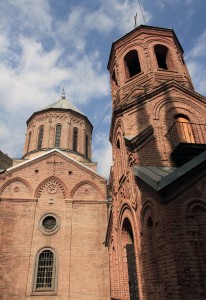

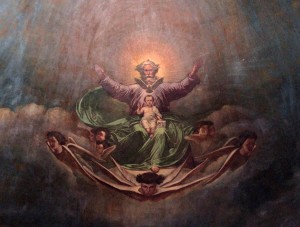
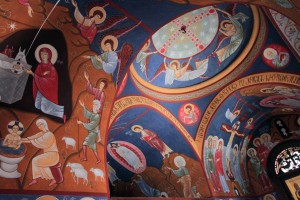
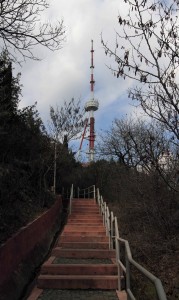
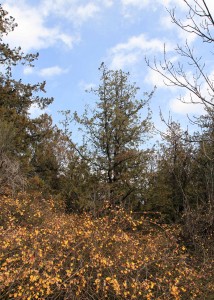

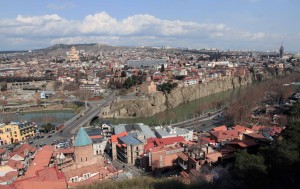
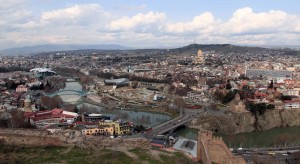
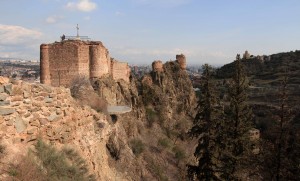
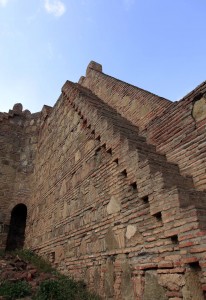
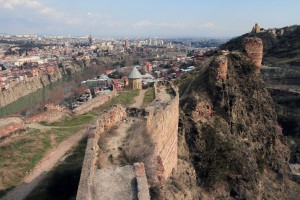
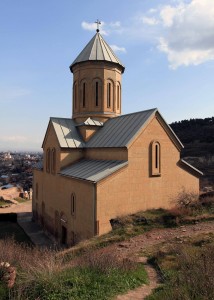
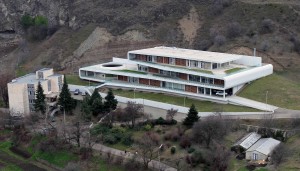
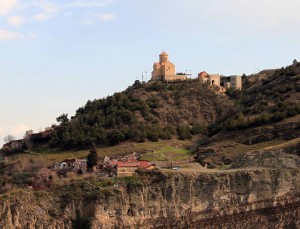
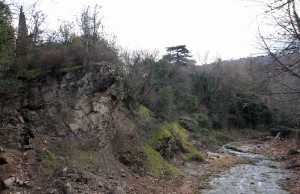
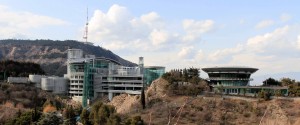
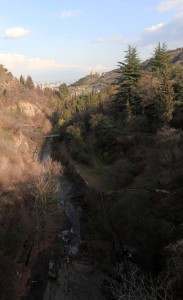
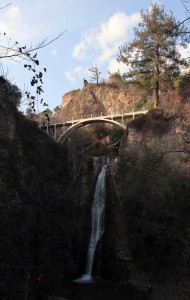
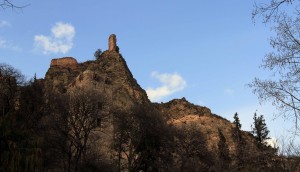
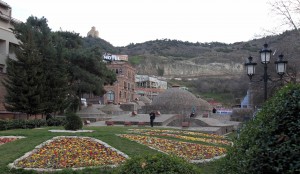
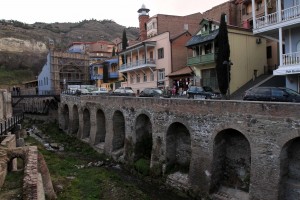
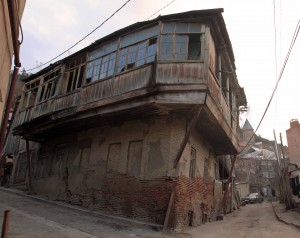
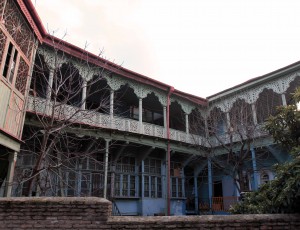
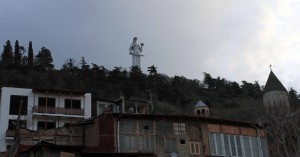
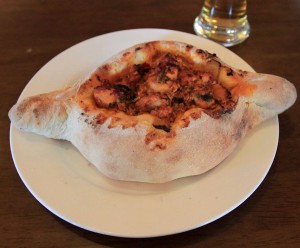

Still exhausted from traveling and yesterday’s unnecessary long hike, I slept in until 09:00 and I was still tired. I got up, showered, dressed, and realized there was a washing machine in the hostel. I then spent the next hour doing two loads of dirty laundry and hanging each piece up to dry out on the balcony; I also typed out a journal entry while I waited for the wash cycles to finish. Once all the laundry was washed and hung, I then set out upon the town of Tbilisi. I first walked to Freedom Square and then to the Fine Art Museum, which was closed. I then walked to the Georgian National Museum, but that too was closed; fortunately, they had posted a note on the door explaining that today (March 3rd) all the national museums would be closed for Mother’s Day (which explains all the yellow flowers being sold yesterday). Well, I was going to make today a museum day, but now I had to go to Plan B. I then walked to where the funicular is, but instead of using it to get to the top of Mount Mtatsminda, I walked up the road to the Mtatsminda Pantheon, a necropolis in Tbilisi where some of the most prominent writers, artists, scholars, and national heroes of Georgia are buried. I walked around the small cemetery with its beautiful tombstones, but had no idea whom was buried here since I can’t read Georgian; I then entered inside St. David’s Church (also known as “Mamadaviti”) and admired the paintings adorning the inside walls. Next, I entered the chapel adjacent to the church and looked at all the frescoes covering its walls. Then, I exited the Mtatsminda Pantheon and followed the trail to the Narikala Fortress. The trail followed the contours of the hillsides bordering the western edge of Tbilisi and I enjoyed walking through the Georgian woods (I’m glad there was a trail since I loathed the idea of having to leave the forest and walk back through the city); although nearer to Narikala Fortress there were many couples spread out along the trail embracing each other and I did notice some condom wrappers on the ground (I don’t think it’d be a good idea to venture up here at night). Eventually, I reached the cable car station near Narikala Fortress; I then entered inside the fortress, which was established in the fourth-century AD as Shuris-tsikhe (i.e. “Invidious Fort”); it was then expanded by the Umayyads in the seventh-century AD and later by King David the Builder (1089–1125 AD); the Mongols renamed it “Narin Qala” (i.e. “Little Fortress”); however, most of the surviving remnants of the fortification date from the sixteenth and seventeenth centuries AD. Inside the fortress, I first walked by St. Nicholas Church (built in 1997 AD to replace the original thirteenth-century AD church that was destroyed in a fire), and then I walked up to the tall tower, which has a cross and small monument on top. From the fortress, I had great views of Old Tbilisi, as well as the Kartlis Deda statue – a tall aluminum statue of a woman in traditional Georgian dress who symbolizes the Georgian national character: in her left hand she holds a bowl of wine to greet those who come as friends, and in her right hand is a sword for those who come as enemies. I then exited the fortress and walked to the National Botanical Gardens of Georgia, located right behind the fortress. I paid the cheap entrance fare and started exploring the gardens, which covers quite a large tract of land. Unfortunately, the plants have still not recovered from winter and now is not the time to stroll through any gardens here (give it two months). Despite the dreary winter woods, I enjoyed walking through the gardens for roughly two hours. I walked along a creek, through East Georgian woods, and had a terrific view of a tall waterfall with an arched bridge spanned above it. Also, from the botanical gardens, I saw a couple of large quasi-futuristic buildings, leading me to believe that some wannabe James Bond villains (probably Russian oligarchs) are living in the surrounding area – it would make a great location to film some future Bond film scenes. After wearing my feet out on the trails through the gardens, I exited out the southern entrance and walked through Abanotubani – Tbilisi’s sulfur bath district, where many of the baths have several brick domes on their roofs. I decided not to try out the baths today and instead I walked to a nearby restaurant for some Georgian cuisine. I had qalaquri (beef kebab), acharuli (chicken stew in a bread-shaped boat), water, and Taglaura white beer. The meal was fine, however, a “music producer” who “lives in New York” sat down in one of the empty chairs at my table; he told me he was waiting for his friend; I was okay with that, but then he started talking to me in half-broken English and at the end he claimed that his debit card was swallowed by the machine and he needed twenty Georgian lira, which he would repay to me the next day; I declined to give him money and he left; after about ten minutes he came back to philosophize and ask for money again; he also tried to share some of his one-liter cheap beer (in a plastic bottle) with me; once I finished my meal, I paid the check and he then left; sadly, I met him again outside the restaurant and he began to ask for money again; I told him he can wait for his friend to come and she would give him the money, but I would not give him any; finally, having embarrassed himself enough, he left me alone; how pathetic. I then entered in to a wine shop (Tbilisi has them everywhere – I may end up living here) and bought a bottle to take back to the hostel with me. Once back at the hostel, I met a Californian woman who had the same idea and we sat down at the dining table and drank our bottles of wine, sharing ours with each other; I bought a bottle of Saperavi dry red wine produced in the Mukuzani appellation in Georgia (it tasted of vanilla, cherries, and almonds); the Californian woman bought a bottle of semi-sweet red wine from the Kakheti Region, which was a blend of Eastern and Western Georgian red grapes and Rkatsiteli white grapes (it was a slightly sweet and tart wine that tasted of almonds, honey, melon, and berries). While drinking my wine, I went through my pictures, typed out journal entries, and updated the website. Just as I finished for the night and I was washing the wine glass I had used, the Polish man and woman who are staying in the dorm room for the night came back from dinner and invited me outside to the balcony to share their bottle of white wine; I agreed to drink some more; after all, a man who says no to wine, says no to life. The Polish man poured me a glass of the white vino and it had a citrus and tropical fruit taste to it. Both the Polish man and woman are traveling to Sighnaghi the next day (a place I plan on doing as a day trip from Tbilisi – the Polish man told me he has a house there, something you can get for around $20,000 and not have to pay taxes on – I will have to check on this) and when I asked the man about the town, he told me, “It is like a chocolate in a box held by Tom Hanks.” Haha. Another expression he used was: “You cannot have pudding without eating your meat.” He then gave me another portion of wine before I could stop him and we sat there on the balcony, in the cold night, looking at Old Tbilisi and the lit-up Presidential Palace across the river. Finally, after the Polish man was about to fill my glass a third time, I declined, thanked him, and then excused myself to bed. It was around 01:00 and I was tired. The Polish man and woman later went out, hung out with a guitar player on the street, and then came back at 05:20.
